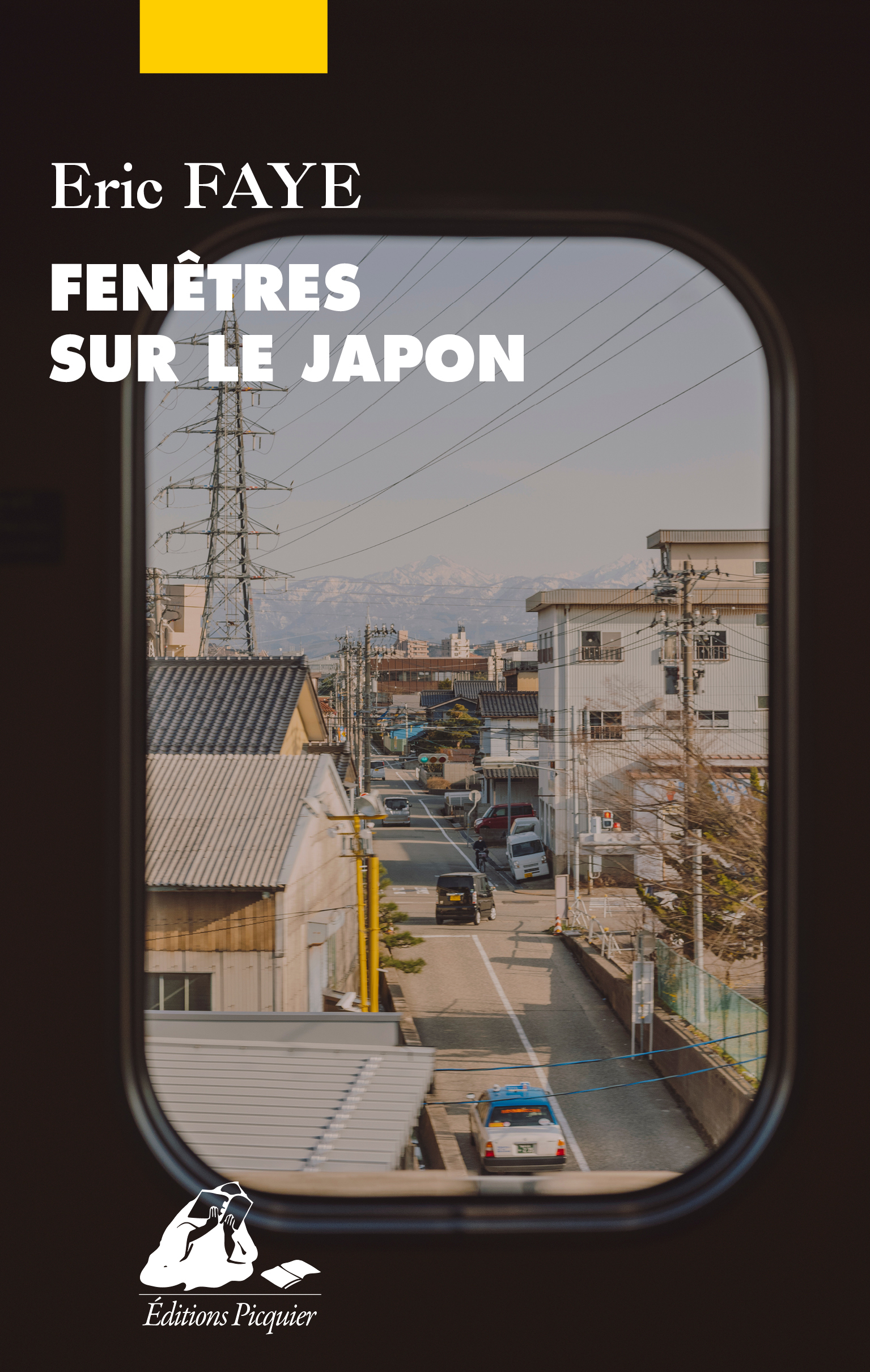‘Windows on Japan’, a Stationary Voyage Through Culture
Éric Faye offers the reader the opportunity to explore Japan through modern works in literature and cinema.

© Éditions Picquier
What if it were possible to visit Japan, understand its subtleties, unravel its codes, and discover its grey areas without ever having set foot in the country? This is what author Éric Faye enables the reader to do in his book Fenêtres sur le Japon (‘Windows on Japan’). It does not comprise a itinerary of unmissable places for those wanting to visit the country, but rather 50 chapters, each of which immerses the reader in a Japanese work, allowing them to grasp ‘as many keys on a keychain as possible, each one corresponding to an aspect of Japanese society’, as the author explains in the introduction.
Following on from Paul Claudel
Fenêtres sur le Japon is not the work of a specialist, but a writer’s cultural stroll through literary and cinematographic territories. The starting point is the threshold of literature and modern cinema, exactly where Paul Claudel, writer, diplomat, and one-time ambassador to Tokyo, had stopped. Thus, Éric Faye calls upon Kenzaburo Oe and his Okinawa Notes, Ryu Murakami, and Yukio Mishima’s Confessions of a Mask, through the intermediary of which he addresses the issue of homosexuality in Japan.
With regard to cinema, Sonatine by Takeshi Kitano acts as a perfect introduction to the yakuza, while Yasujiro Ozu’s cinema serves as a pretext to dissect relationships between men and women in Japan.
Éric Faye is a French novelist and essayist who was born in 1963. He has released several books on the theme of Japan including a travel narrative, Malgré Fukushima, journal japonais (2014), and Nagasaki (2010), a novel inspired by a minor news item that took place in Fukuoka. He was awarded the Grand prix du roman de l’Académie française for this book in 2010.
Fenêtres sur le Japon (2021), a book by Éric Faye and published by Editions Picquier, is not currently available in English.
TRENDING
-
The Tattoos that Marked the Criminals of the Edo Period
Traditional tattoos were strong signifiers; murderers had head tattoos, while theft might result in an arm tattoo.

-
Paris, Tokyo: Robert Compagnon
With his co-chef and talented wife, Jessica Yang, Robert Compagnon opened one of the top new restaurants in Paris: Le Rigmarole.
 3:31
3:31 -
Chiharu Shiota, Red Threads of the Soul
Last year, more than 660,000 people visited the retrospective 'Chiharu Shiota: The Soul Trembles' exhibit at the Mori Art Museum.

-
‘Before Doubting Others, Doubt Yourself. Who Can Truly Say a Dish Isn’t What It Used to Be?’
In ‘A Non-Conformist’s Guide to Surviving Society’, author Satoshi Ogawa shares his strategies for navigating everyday life.

-
The Story of Sada Yacco, the Geisha who Bewitched Europe
Described by Dazed magazine as the first beauty influencer, she has been restored to her former glory since 2019.





